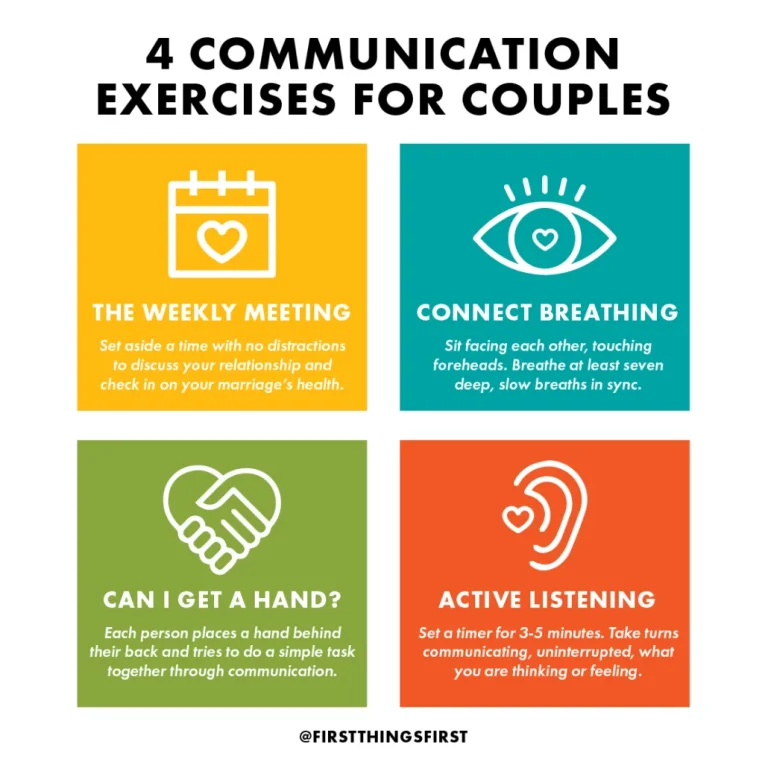What is Noise in Communication?
Noise in communication refers to any interference that disrupts the transmission or interpretation of a message, leading to a loss of clarity or accuracy. It can take various forms, such as external factors like background sounds, poor signal strength, or technical issues.
Effective communication requires minimizing and addressing noise to ensure the message is received as intended. Without proper management of noise, misunderstandings, misinterpretations, and distorted messages can occur, hampering the overall communication process. Understanding the types and sources of noise is essential in finding solutions to enhance communication effectiveness and prevent potential disruptions.

Credit: www.analyticssteps.com
What Is Noise In Communication?
Noise in communication refers to any unwanted interference or distortion that hinders the effective transmission of a message. It can manifest in various forms, such as physical noise (background sounds), semantic noise (language barriers), psychological noise (preconceived notions), and more.
Understanding the concept of noise in communication is crucial as it helps us identify and address barriers that can hinder the clarity of our message. For instance, examples of noise can include loud music in the background during a phone call, language differences between individuals, or even distractions caused by personal biases.
Recognizing and minimizing noise in communication is essential for effective and meaningful exchanges. By doing so, we enhance our ability to convey our thoughts and ideas clearly and ensure successful communication outcomes.
Types Of Noise In Communication
Communication noise can be categorized into three types: physical, psychological, and semantic. Physical noise refers to any external factor that hinders the transmission of a message, such as loud background sounds or a poor audio connection. Psychological noise, on the other hand, is the interference that occurs within the mind of either the sender or the receiver, making it difficult to fully comprehend or convey a message.
This could include personal distractions, emotional biases, or even language barriers. Finally, semantic noise occurs when there is a mismatch in the understanding of words, meanings, or symbols used in communication, leading to confusion or misinterpretation. Recognizing and addressing these different types of noise is essential for effective communication to take place, ensuring that messages are accurately and successfully conveyed between individuals or groups.
Effects Of Noise In Communication
Noise in communication refers to any interference or distortion that hinders the smooth transmission of a message. These barriers can have significant effects on the effectiveness of communication. Firstly, noise can impact the clarity of the message, making it difficult for the receiver to understand the intended meaning.
This can lead to misinterpretation or complete misunderstanding. The presence of noise can create disruptions in the communication process, causing the message to become distorted or even lost altogether. It can be in the form of external factors such as background noise or internal factors like language barriers.
Regardless of the source, noise poses a challenge to effective communication by impeding the accurate and efficient exchange of information.
Strategies To Minimize Noise In Communication
Noise in communication refers to any interference or distraction that hinders the effective transfer of information between individuals. To minimize noise, it is essential to create a conducive physical communication environment that is free from distractions. Additionally, improving listening skills can greatly reduce misunderstandings and enhance communication clarity.
Using clear and concise language is also crucial, as complex or ambiguous terms can lead to confusion. Moreover, choosing appropriate communication channels, such as face-to-face conversations or video calls, ensures that messages are delivered accurately. By implementing these strategies, individuals can overcome the challenges posed by noise in communication and establish effective and meaningful connections with others.
Overcoming Noise In Communication
Noise in communication refers to any interference or disturbance that hinders the effectiveness of the message being conveyed. Overcoming this noise is crucial for effective communication. Active listening techniques play a vital role in this process, allowing individuals to fully comprehend the message by actively engaging with the speaker.
Additionally, verifying understanding through feedback ensures that no information is lost or misunderstood. Adapting communication style to the audience is another key strategy as it enables the message to resonate better with the receivers. Lastly, enhancing non-verbal communication skills, such as body language and facial expressions, can help convey messages more accurately and clearly.
By incorporating these techniques, individuals can overcome noise in communication and facilitate effective and meaningful exchanges of information.
Frequently Asked Questions Of What Is Noise In Communication?
What Is Meant By Noise In Communication?
Noise in communication refers to any interference or disruption that hinders the effective transmission or reception of a message. It can be caused by various factors, such as physical barriers, background sounds, technical issues, or even psychological distractions. Noise can distort or obscure the message being conveyed, leading to miscommunication or misunderstanding between the sender and receiver.
It can manifest as static or disturbances in audio communication, visual distractions in visual communication, or semantic barriers in written communication. Reducing noise is crucial in ensuring clear and accurate communication. Techniques such as using appropriate language, eliminating distractions, improving signal quality, and active listening can help minimize noise and enhance the effectiveness of communication.
Clear and concise communication is essential for conveying information accurately and avoiding any potential misunderstandings.
What Is An Example Of Noise In Communication?
Noise in communication refers to any factor that affects the clarity and accuracy of the message being conveyed. An example of noise could be background noise in a telephone conversation, making it difficult to hear and understand the person speaking.
Another example could be technical issues with a video call, causing interruptions and pixilation, hindering effective communication. Noise can also include the use of complex or unfamiliar jargon, which may confuse the receiver of the message. Furthermore, distractions like a crowded room or a poor internet connection can also contribute to noise in communication.
It is essential to minimize noise to ensure that the message is received and understood accurately.
What Are The 4 Types Of Noise Communication?
The four types of noise in communication are physical, physiological, psychological, and semantic. Physical noise refers to external factors like background sounds or poor audio quality. Physiological noise includes distractions caused by personal discomfort or physical conditions. Psychological noise covers distractions from thoughts, emotions, or attitudes that affect communication.
Semantic noise involves misunderstandings due to language barriers, differences in meaning, or ambiguous words and phrases.
What Is An Example Of Social Noise In Communication?
Social noise in communication refers to any interference or distractions that hinder the effectiveness of the message being shared. For example, background noise in a crowded room or a poor internet connection during a video call can create social noise.
These external factors can make it difficult for the intended message to be clearly transmitted and received by the receiver. The presence of social noise can lead to misunderstandings, misinterpretations, or even missed communication altogether. It is important to minimize social noise to ensure effective communication and understanding between individuals.
Conclusion
Noise in communication can significantly impact the effectiveness of the message being conveyed. Whether it is physical noise, psychological noise, semantic noise, or physiological noise, each type can cause distortion or interference in the communication process. By understanding and recognizing these types of noise, individuals can take steps to minimize their effects and improve communication outcomes.
Physical noise, such as background sounds or poor audio quality, can be reduced through better environmental control and technological enhancements. Psychological noise, stemming from personal biases or distractions, can be addressed through active listening and mindfulness techniques. Semantic noise, which occurs when words or symbols are misinterpreted, can be mitigated by using clear and concise language and seeking clarification when needed.
Lastly, physiological noise, arising from physiological factors like hearing loss or language barriers, may be addressed through accommodations or alternative communication methods. By proactively managing and minimizing noise in communication, individuals can ensure that their messages are understood and accurately received, fostering effective and meaningful interactions.


